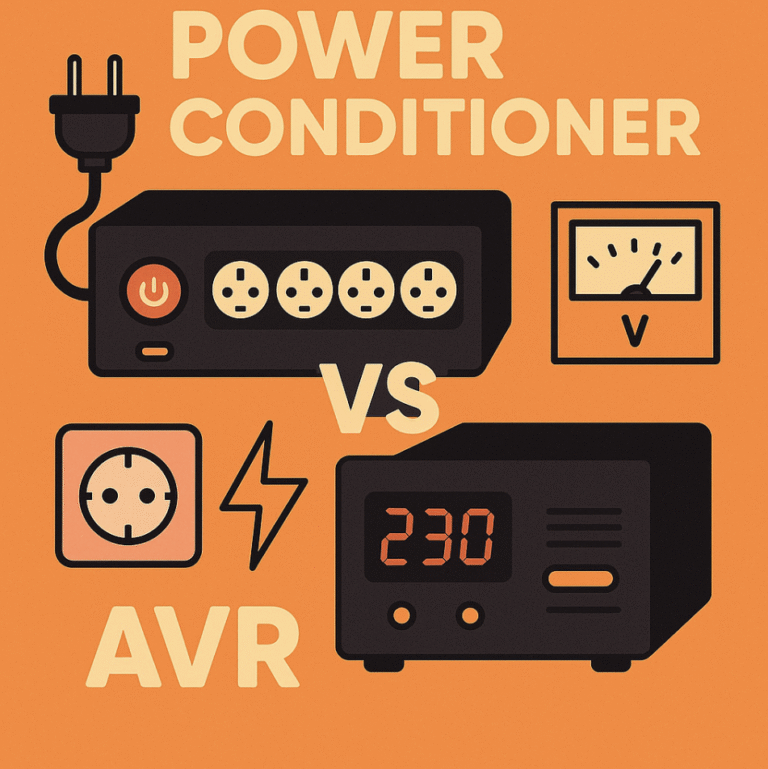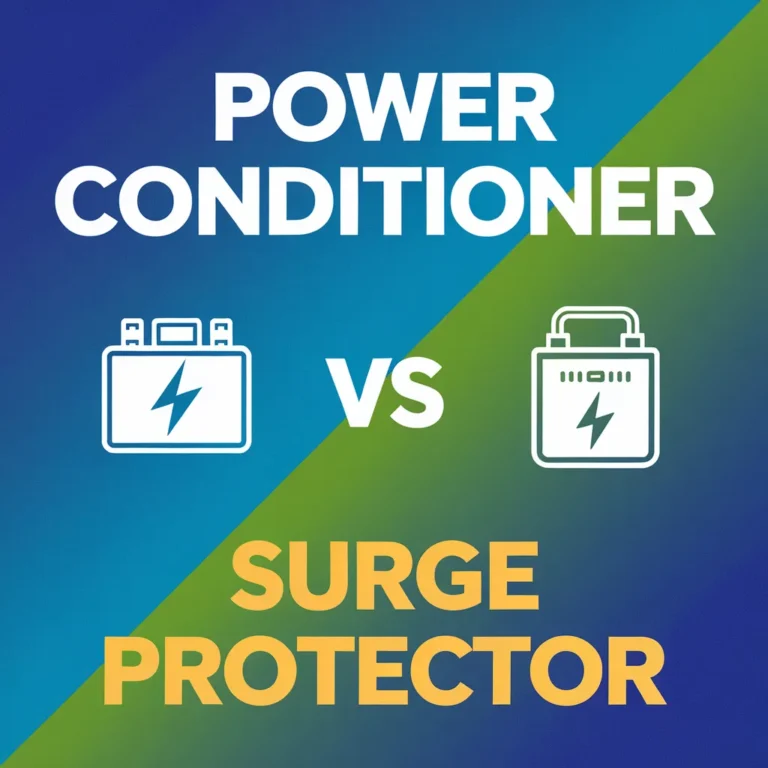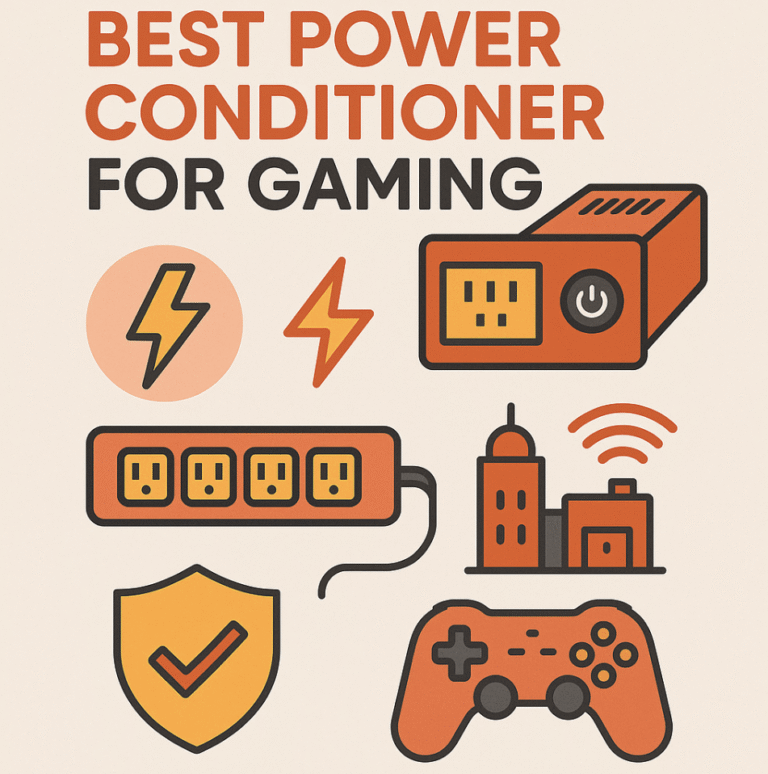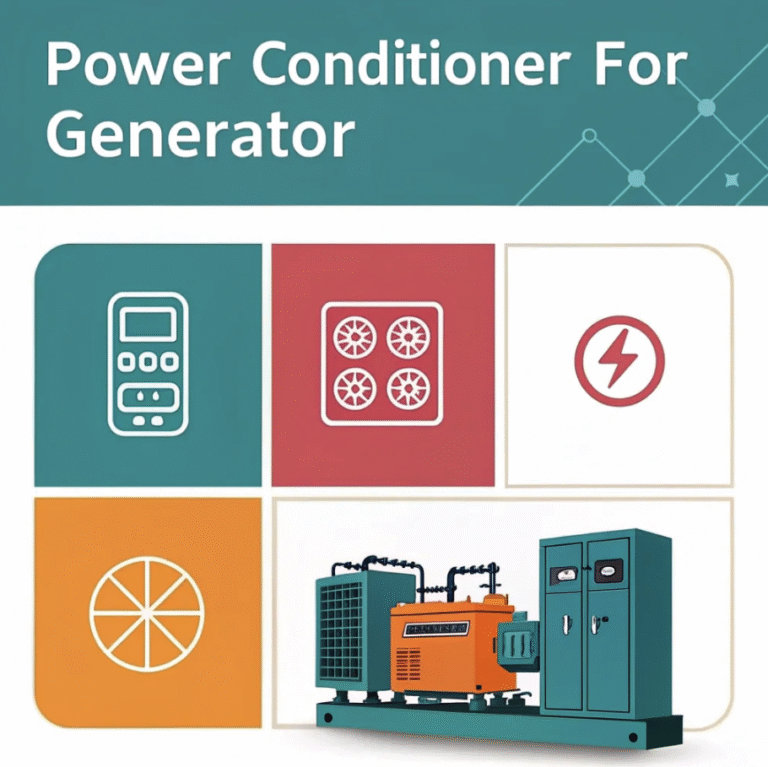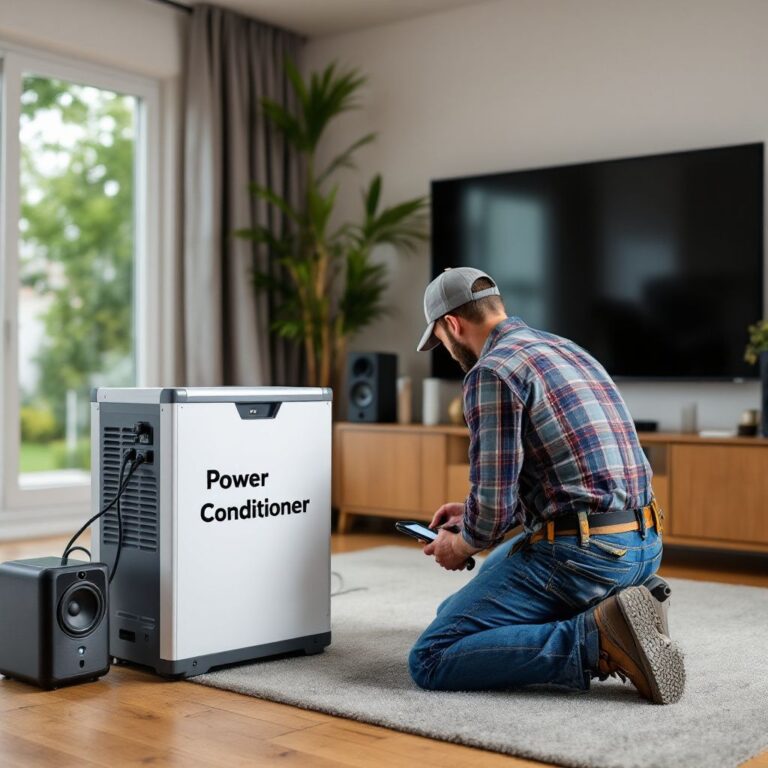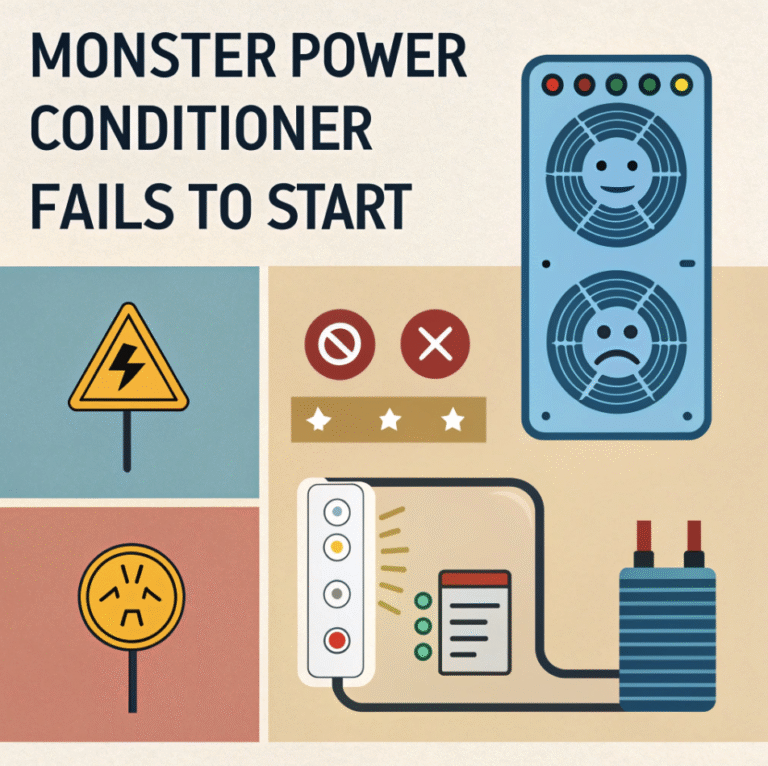Never Confuse Power Conditioner vs Isolation Transformer Again
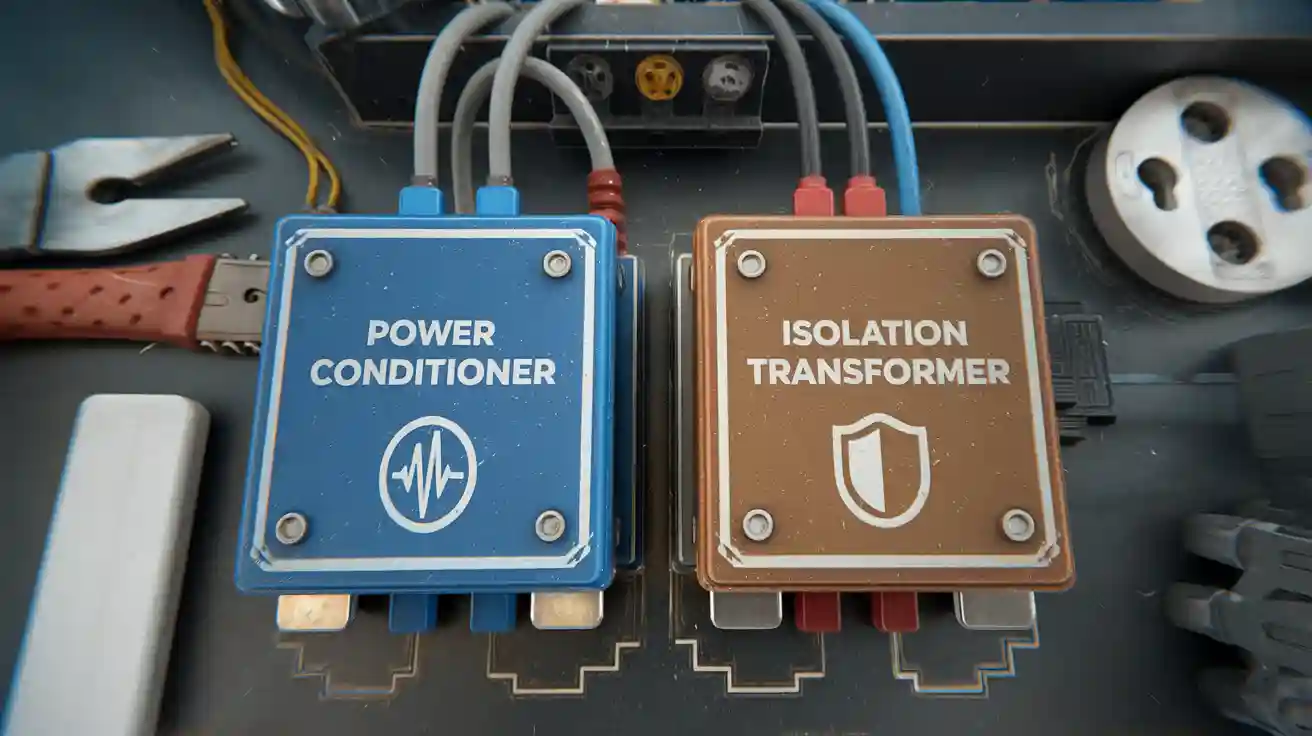
When it comes to protecting your electronic devices, understanding the difference between a power conditioner vs isolation transformer is essential. A power conditioner improves power quality by regulating voltage, filtering noise, and protecting against surges. On the other hand, an isolation transformer separates electrical devices from the power source, reducing noise and preventing grounding issues.
Choosing the right device depends on your needs.
For instance, isolation transformers excel at reducing noise disruption and safeguarding sensitive equipment, while power conditioners enhance energy efficiency and prevent data loss. Knowing these distinctions between a power conditioner vs isolation transformer ensures your devices perform optimally and last longer, saving you time and money.
What is a Power Conditioner?
Definition and Purpose
What does a power conditioner do?
A power conditioner is a device designed to improve the quality of electricity supplied to your electronic devices. It goes beyond basic voltage regulation by offering features like line isolation, noise attenuation, surge suppression, harmonic filtering, and phase balancing.
These functions ensure that your devices receive stable and clean power, which is essential for their performance and longevity.
Power conditioners also protect your equipment from sudden voltage spikes or drops. These fluctuations can damage sensitive electronics or cause them to malfunction. By maintaining consistent power delivery, a power conditioner helps you avoid costly repairs or replacements.
Why is power regulation important?
Power regulation plays a critical role in safeguarding your devices. Unstable power can lead to overheating, data loss, or even permanent damage. For example, if you use a home theater system or a computer, inconsistent power can disrupt their operation and reduce their lifespan. A power conditioner ensures that your devices operate efficiently and remain protected from power-related issues.
How Does a Power Conditioner Work?
Voltage regulation and surge protection
A power conditioner stabilizes voltage levels to prevent overvoltage or undervoltage situations. It limits current and voltage to maximize power output while protecting your devices from surges. This feature is particularly useful during storms or in areas with unreliable power grids.
Filtering electrical noise
Power conditioners also filter power line electrical noise, which can interfere with the performance of your devices. Noise attenuation reduces electromagnetic interference (EMI) and radio frequency interference (RFI), ensuring that your equipment operates without disruptions.
This is especially important for audio and video systems, where noise can degrade sound and picture quality.
Common Applications of Power Conditioners
Home theater systems
Power conditioners are ideal for home theater systems. They enhance audio and video quality by filtering out electrical noise and providing stable power. This ensures an immersive entertainment experience without interruptions.
Office equipment and computers
In offices, power conditioners protect computers, printers, and other equipment from power fluctuations. They prevent data loss and hardware damage, keeping your workspace productive and efficient.
Audio and video production setups
For professionals in audio and video production, clean and stable power is essential. Power conditioners eliminate noise and ensure consistent performance, allowing you to focus on creating high-quality content.
What is an Isolation Transformer?
Definition and Purpose
What does an isolation transformer do?
An isolation transformer separates electrical devices from the main power source. It achieves this by creating a barrier between the input and output circuits. This separation enhances safety and reliability by preventing direct electrical contact.
Isolation transformers also deliver clean and consistent power, which is essential for sensitive equipment. They block electrical noise and surges, ensuring your devices operate without disruptions.
Why is electrical isolation important?
Electrical isolation protects both people and equipment. It reduces the risk of electric shock by preventing current from flowing directly between circuits. This feature is especially critical in environments like hospitals and industrial facilities, where safety is a top priority. Isolation also minimizes noise interference, which can disrupt the performance of connected devices. By isolating circuits, you ensure smoother operation and longer equipment life.
How Does an Isolation Transformer Work?
Breaking the electrical connection between devices
An isolation transformer works by using separate windings for the input and output circuits. These windings transfer power through electromagnetic induction, eliminating any direct electrical connection. This design prevents current from flowing between circuits, reducing the risk of electric shock and other hazards.
It also protects against earthing failures, which can cause equipment damage or power surges.
Reducing electromagnetic interference (EMI)
Isolation transformers play a key role in noise reduction. They filter out electromagnetic interference (EMI) and radio frequency interference (RFI), which can disrupt device performance. Special winding techniques and insulation materials ensure clean power delivery. This feature is particularly beneficial for devices like electric motors and high-end audio systems, where consistent power is crucial.
Common Applications of Isolation Transformers
Medical equipment
In medical settings, isolation transformers are vital for patient safety. They protect patients and healthcare personnel from electrical hazards by isolating circuits. They also reduce noise interference from medical devices, ensuring accurate operation.
Additionally, they comply with strict safety standards, making them indispensable in hospitals and clinics.
Industrial machinery
Industrial environments rely on isolation transformers to enhance equipment reliability. These transformers reduce noise and vibration, ensuring smooth operation. They also prevent voltage fluctuations and harmonic distortion, which can damage machinery.
They ensure clean, stable power to maintain productivity and reduce downtime.
High-end audio systems
For high-end audio systems, isolation transformers improve sound quality by reducing high-frequency noise. They block voltage transients and minimize “arcing” noise caused by electrical contacts. This ensures a cleaner audio signal, allowing you to enjoy a superior listening experience.
Properly sized transformers also optimize impedance, further enhancing performance.
Key Differences Between Power Conditioners and Isolation Transformers
Functionality
Power regulation vs. electrical isolation
Power conditioners and isolation transformers serve distinct purposes. Power conditioners focus on regulating voltage and stabilizing power delivery. They often include components like capacitors to smooth out fluctuations and protect devices from surges. In contrast, isolation transformers prioritize electrical isolation.
They separate the input and output circuits, ensuring no direct electrical connection. This design prevents grounding issues and enhances safety.
-
Power conditioners may share some wiring similarities with isolation transformers but include additional features like voltage regulation.
-
Isolation transformers excel at providing true electrical isolation, which can be verified by measuring resistance between their primary and secondary windings.
Noise filtering capabilities
Both devices address power line electrical noise, but their effectiveness varies. Power conditioners handle general noise issues well, making them suitable for most modern electronics. Isolation transformers, however, perform better for sensitive or older equipment. They deliver cleaner power by rejecting common-mode noise.
|
Feature |
Power Conditioners |
Isolation Transformers |
|---|---|---|
|
Noise Filtering |
Effective for general noise issues |
Superior for sensitive equipment |
|
Cost |
Often less expensive |
Generally more expensive |
|
Design |
Includes components like capacitors |
Focused on isolation |
|
Application |
Suitable for various equipment |
Ideal for older or sensitive devices |
Use Cases
When to use a power conditioner
You should choose a power conditioner when dealing with voltage fluctuations or frequent surges. These devices are ideal for home theater systems, office equipment, and audio/video setups. They ensure stable power delivery, protecting your devices and enhancing their performance.
When to use an isolation transformer
Isolation transformers are the better choice for environments requiring high safety standards or minimal noise interference. Use them for medical equipment, industrial machinery, or high-end audio systems. They provide clean, isolated power, ensuring reliable operation and protecting sensitive devices.
Benefits
Enhanced equipment performance
Power conditioners improve performance by stabilizing voltage and reducing electrical spikes. Surge suppressors and voltage regulators within these devices protect electronics from damage. Isolation transformers also enhance performance by delivering consistent, noise-free power, especially for sensitive equipment.
Safety and protection
Isolation transformers offer unmatched safety. They prevent electrical leakage currents and reduce the risk of electric shock. In medical settings, they protect patients and staff while ensuring uninterrupted service.
Power conditioners, on the other hand, safeguard devices from surges and noise, extending their lifespan.
How to Choose Between a Power Conditioner and an Isolation Transformer
Assessing Your Needs
What type of equipment are you protecting?
The type of equipment you want to protect plays a critical role in your decision. For sensitive devices like medical equipment or high-end audio systems, an isolation transformer offers superior protection. It ensures clean power delivery and prevents electrical noise from interfering with performance.
On the other hand, if you’re safeguarding home theater systems, computers, or office equipment, a power conditioner is often sufficient. It stabilizes voltage and shields your devices from surges and sags.
Common power quality issues, such as voltage sags, harmonics, and transients, can damage your equipment. Effective solutions require components like surge diverters, noise filters, and low impedance isolation transformers.
Understanding your equipment’s vulnerability to these issues helps you make an informed choice.
Are you dealing with power quality issues or safety concerns?
Your specific concerns also guide your decision. If power quality issues like noise or voltage fluctuations disrupt your devices, a power conditioner is the right choice. It regulates power and filters noise, ensuring stable operation.
However, if safety is your priority, especially in environments like hospitals or industrial facilities, an isolation transformer is essential. It isolates circuits, reducing the risk of electric shock and grounding problems.
Budget Considerations
Cost differences between the two devices
Power conditioners are generally more affordable than isolation transformers. In fact, they often cost less than half of a comparable isolation transformer. This makes them a cost-effective solution for most home and office setups. Isolation transformers, while more expensive, provide unmatched safety and noise reduction for critical electronic installation needs.
Long-term value and investment
Although isolation transformers require a higher upfront investment, they offer long-term value. Their ability to protect sensitive equipment and ensure safety makes them a worthwhile choice for critical applications.
Power conditioners, while less expensive, still provide excellent value by extending the lifespan of your devices and preventing costly repairs.
Specific Scenarios
For home use (e.g., entertainment systems)
For home entertainment systems, a power conditioner is often the best option. It enhances audio and video quality by filtering noise and stabilizing power. This ensures an uninterrupted and immersive experience.
Additionally, it protects your devices from surges, which are common in residential areas.
For professional use (e.g., medical or industrial equipment)
In professional settings, such as hospitals or factories, an isolation transformer is indispensable. It ensures safety by isolating circuits and reducing the risk of electrical hazards. It also delivers clean power, which is crucial for sensitive medical devices and industrial machinery. This makes it the preferred choice for environments where reliability and safety are non-negotiable.
Understanding the differences between power conditioners and isolation transformers helps you make informed decisions. Power conditioners regulate voltage and filter noise, while isolation transformers focus on electrical isolation and noise reduction.
Each serves a unique purpose, and choosing the right one depends on your specific needs.
Evaluating your equipment and power requirements ensures you select the most suitable device. Consider the following:
-
Identify the purpose, function, and compatibility of your equipment.
-
Assess your budget and timeline.
-
Compare products based on your detailed list of needs.
This careful approach saves you time, money, and ensures optimal performance for your devices.

